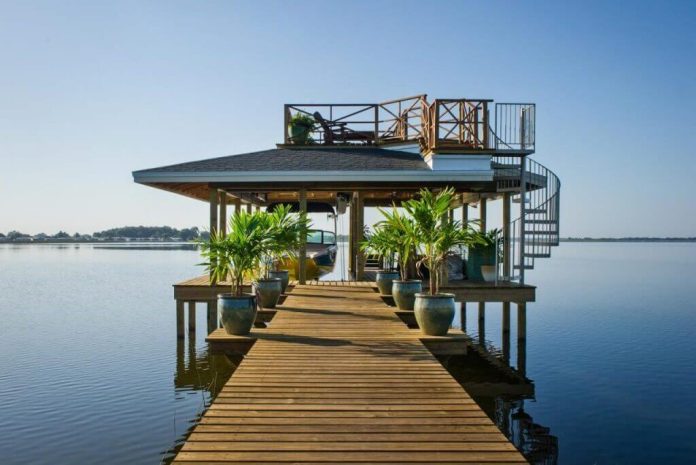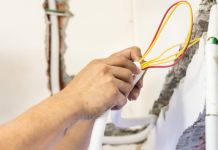Many homeowners envision the day when they can live in beach communities. Having the opportunity to live close to nature and all of the abundant aquatic life offers enticing appeal. Furthermore, having homes near the water so that they can have docks attached to their residential property offers huge convenience and luxury that makes the experience of living on the water special. When home buyers want to live in such locations, or if they have recently purchased homes with attached moorings, they can follow four tips to outfit their first docks successfully.
- Work With Companies That Offer Sufficient Stock
Homeowners will want to work with marine companies that offer sufficient supplies for customers to purchase. To enhance this trait, maritime companies rely on effective supply chains to promptly get their merchandise from the producers to distribution centers and retailers. For instance, companies that feature marine products, such as Haven Dock & Marine, take pride in each business area, including their supply chains, to bring patrons the merchandise they need.
- Determine the Extent of the Dock Project
Some homes have docks already in place, while others have none and will need construction from scratch to place piers in appropriate positions relative to the residences. For instance, owners may need to hire designers, engineers and construction workers specializing in dock building to get the job done. However, those with construction experience may take on the challenge themselves and build their moorings to save money.
When homes already have piers in place, upgrading aspects of the piers could be the priority for these residence owners. However, parts of the wood can wear out over time and with extensive use, and thus routine maintenance replacement of worn parts with the best FRP’s may also come into play.
- Get Safety Inspections To Accurately Determine the Docks’ Needs
Having professional inspectors examine home boat docks can ensure that they meet all safety standards and provides owners with peace of mind when friends and family use their piers. In addition, inspectors will check the moorings for attrition to the pilings and piling caps and examine the piers for wear that could put users at risk. In addition, an inspector will investigate the railings, decking and posts, among other vital parts. When homeowners have inspection reports, they can move forward with any needed repairs to help keep their decks in top shape for use.
- Protect Docks and Add Convenience With Needed Components
Homeowners can take steps to guard their moorings against harm. For example, residential owners of piers can ensure increased safety for their boats and the docks by adding dock fenders, also called bumpers, to appropriate areas. The bumpers attach to piers and help to protect the hulls of boats as the vessels attempt to berth. They also prevent damage to anchored vessels that might rub against moorings during wind storms and other inclement weather conditions.
Another option can include adding dock ladders in convenient spots. Boaters can exit and enter their vessels using nearby ladders to help them quickly and easily get to and from the decking surface.
Other marine items can protect the wood of the pilings. For example, you can choose to add piling caps to your pilings. Pier-owning homeowners do this to keep water out of the top of the pilings and protect against harmful sun rays, helping to prevent damage to the costly components and preserve the life of the wood. Additionally, the piling caps can add a finishing touch that enhances the refined appearance of the moorings.
Moreover, having suitable dock lighting can extend your use of the structure when daylight is absent. Lighting, which must offer durability to weather the nautical elements, can feature as a detail in the piling caps and come in various styles and sizes. Their versatility can enable owners to bring lighting exactly where needed, improving their piers’ safety and enjoyment. Dock signs are also crucial for promoting safety, organization, and efficient operations in the dock. They serve as a visual means of conveying essential information, preventing accidents, and ensuring compliance with regulations.
When homeowners live in maritime locales and own boats, they often start using boat ramps and housing their crafts in marinas or dry dock storage. However, when you desire a full-time boating experience, utilizing the five tips for home boat docks will bring more enjoyment and convenience of having boats at residences, ready to provide nautical fun.
















